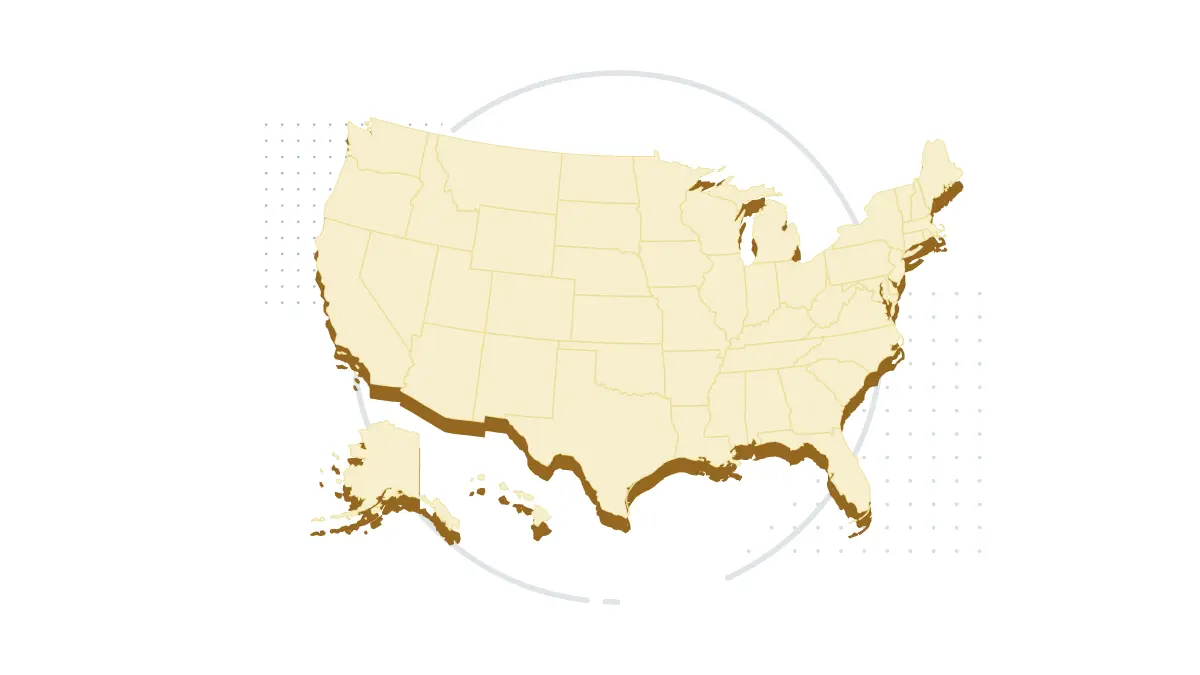Managing Your Retirement Savings When Changing Jobs

Managing Your Retirement Savings When Changing Jobs
Navigating the ever-changing employment landscape can lead to exciting life changes. One opportunity that you can make the most of is effectively managing your retirement savings when you change jobs. As you move to a new workplace, decisions about your retirement savings plan might not be at the forefront of your mind, but they are indeed significant. Properly handling these savings enables them to keep working for you as you progress through your career. It’s like planting a tree; the care and choices you make today will determine the shade and shelter it provides tomorrow.
Transitioning between jobs gives you a chance to consider your financial health, particularly focusing on your retirement savings plan and whether it serves your needs. Understanding what steps to take with your retirement savings is crucial during this period. Knowing your options ahead of time allows you to make well-informed decisions that align with your broader financial goals, enhance stability, and potentially increase your retirement nest egg. Let's explore how to navigate these important decisions and keep your retirement savings on track.
Understanding Your Retirement Savings Plan
Retirement savings plans serve as the foundation for potential financial security in later life. There are various plan structures, and each plan is designed to help you save now while potentially benefiting from tax advantages along the way.
Understanding the details of your retirement savings plan begins with knowing the types available. The most common are the 401(k) and traditional or Roth IRAs.
- A 401(k) is offered by employers and allows employees to contribute a portion of their salary before taxes. Depending on your employer, there might be matching contributions, which means they add a certain amount to your savings each month.
- IRAs, on the other hand, are individual plans that you manage outside of your employer, with options to contribute pre-tax dollars, as with a traditional IRA, or post-tax with a Roth IRA.
Additionally, retirement plans include key features like contributions, which are the regular amounts you deposit, and vesting periods. A vesting period is the time you must stay with your employer to gain complete ownership of your employer's contributions to your plan. It's essential to understand these elements because they impact your overall balance and planning strategy as you transition throughout your career.
Your Options When Changing Jobs
When you change jobs, managing your retirement savings is all about making the right choice for your financial future. Here are the main options available:
- Leave it in the Current Plan: This option keeps your funds with your former employer’s plan. It's convenient since no immediate action is required, but your access might be limited, and you may incur account maintenance fees.
- Roll Over to Your New Employer’s Plan: This move combines your retirement assets, offering ease of management. You'll need to understand your new employer's plan details, so check for any transfer restrictions or additional benefits such as reduced fees or advantageous investment options.
- Transfer to an IRA: This choice offers you individual control over investments. Transferring to an IRA often provides broader investment opportunities that are not permitted in a workplace retirement plan. The process typically involves setting up an IRA account and instructing your former plan administrator to transfer funds.
- Cash Out: While it may be tempting to have immediate access to funds, cashing out often involves hefty penalties and taxes. Both the IRS and states may impose fees, significantly cutting into your savings. Most advisors recommend against this unless absolutely necessary due to the long-term financial impact.
Each option has distinct benefits, and choosing the right one depends on your financial goals and current situation. Understanding what works best for you is key to ensuring your retirement funds remain a strong asset.
Key Considerations
As you decide on the right course for your retirement savings during a job change, it's important to be aware of several factors that can have a significant impact. First, let's talk about fees. Whether you're rolling over to a new employer's plan or transferring to an IRA, fees can add up and reduce your overall savings. Pay attention to transfer fees, management fees, or hidden charges that may not be immediately obvious. These costs are crucial elements to factor into your decision-making process.
Avoiding unnecessary taxation is another consideration. Transfers or rollovers can be considered taxable events if certain steps are not taken. Direct rollovers are recommended since they transfer funds directly from one retirement account to another, bypassing your personal bank account. This keeps the transaction nontaxable and ensures you're not inadvertently cutting into your savings.
Additionally, don't overlook your vesting schedule. Understanding how your employer's contribution vesting works can prevent surprises regarding which funds you're able to bring with you. For instance, if you're not fully vested, leaving a job could mean forfeiting some of that money. Knowing the details of your plan's vesting schedule can help clarify your financial expectations as you leave one job for another.
Tips for Managing Your Retirement Savings
When it comes to managing your retirement savings through a transition, having a strategy in place is helpful. Here are a few tips to consider:
- Set Clear Goals: If you fully understand where you want to be financially once you retire, you can strategically plan current decisions that can have a big impact later on.
- Evaluate Your Options: Assess the pros and cons of leaving funds where they are, transferring them to an IRA, or rolling them over to a new employer’s plan. Your choice depends heavily on your current financial standing and future goals.
- Seek Professional Advice: Finding a knowledgeable advisor can provide clarity in these decisions. They can guide you through the rules, help avoid potential penalties, and make the most of your retirement savings.
Working with professionals, like 401(k) advisors, can help you make decisions tailored to your situation. These advisors understand the nuances of different plans and can help you align them with your long-term objectives.
Planning for the Future After Changing Jobs
Once you’ve settled on how to handle your retirement plan, turn your focus to future planning. This involves setting new retirement goals that reflect your current situation and updating those goals as you progress through your career. Regularly monitoring and adjusting your plan is vital in adapting to changes in employment or lifestyle.
Keep an eye on changes to retirement policies and savings options as well. Legislation frequently shifts, which could impact contribution limits or tax benefits associated with retirement accounts. Staying informed helps you take advantage of opportunities as they arise.
Making Informed Decisions for Your Financial Future
Changing jobs is a significant step, and understanding how to manage your retirement savings during this period is just as important. By examining your options, considering the associated fees and impacts, and setting clear goals, you can directly build your own financial future. Taking these steps not only keeps your retirement savings secure but also empowers you to make decisions that benefit your long-term well-being.
If you're ready to manage your retirement savings with confidence and make smart decisions during a job transition, take time to explore how a carefully chosen retirement savings plan can work for your future. With the right guidance and a solid plan, you can navigate these changes confidently and continue building a secure foundation for your retirement.
If you have an employer-sponsored plan or your own solo 401(k) with Vestwell, you can easily roll over funds from your prior employer’s plan and continue building your retirement savings. Vestwell offers tools and guidance to help you stay on track no matter where your career takes you.








